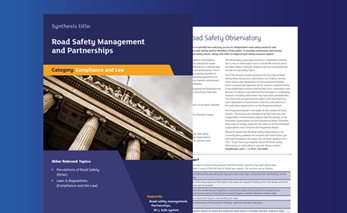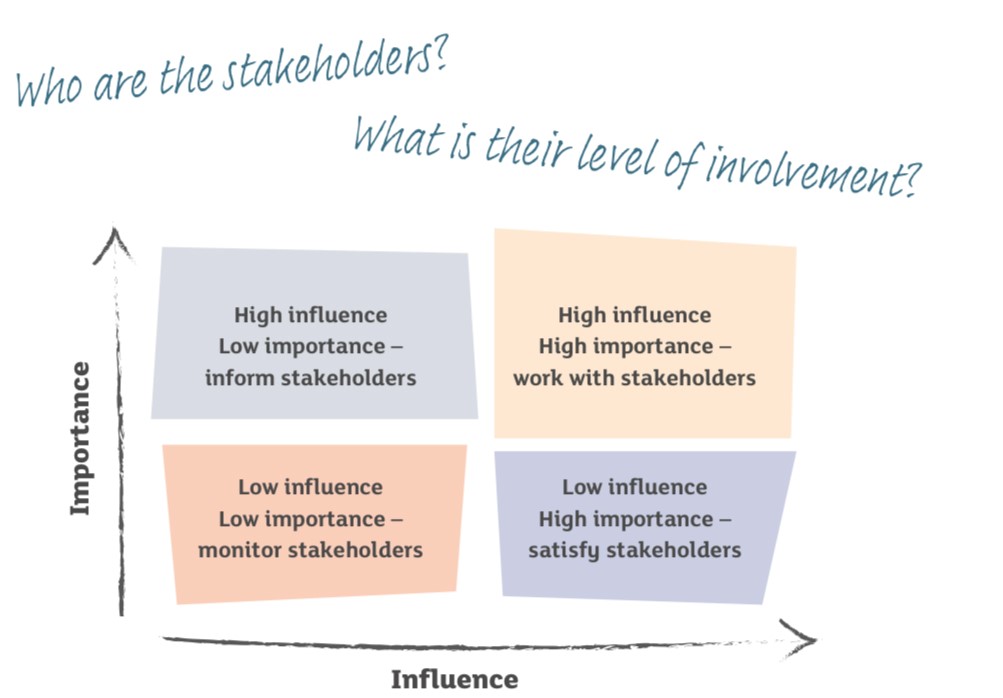
Decide
Decide what your intervention will look like. Be clear about what you are intending to achieve by delivering the intervention, for whom, by how much, and by when. If you do not know what you are intending to achieve, it will not be possible to know if you have been successful.
You need to decide...
Ideally these decisions and considerations would be made at the outset of the intervention, however this doesn’t always happen. If your intervention is well established, it is still a worthwhile process to go through the above questions.
Designing an evidence-based intervention
When designing a new safety intervention, it is a good idea to do some research to find out what kinds of interventions have worked for others in the past when tackling similar issues.
Why use evidence?
It enables the project to target funds effectively – using data ensures that your interventions are targeting the right areas and funds are well spent. For example, there may be concerns around particularly at-risk groups.
The project could make the situation more dangerous: Some safety projects may have the opposite effect of what was intended. Instead of making the situation safer, they actually increase risk. These effects are unintended; however, using evidence can help to reduce the risk of this occurring.
The project may have no effect: Evidence allows you to understand what interventions are typically effective
-
For example, one education programme did not change children's scores on road safety knowledge. Another project found that although road safety knowledge had improved, these children did not perform any better in a real traffic situation, than those who had not received road safety lessons.
Finding evidence
Casualty data
Casualty and hospital data can help you to identify a safety issue. This may help to identify particular groups that may benefit from some form of safety intervention. The relative size of the problem can also be assessed to plan a cost-effective solution to the problem, so that funds can be targeted effectively.
If you work in an organisation where you manage occupational risk, you could review internal data, including telematics and accident reports.
Research and evaluation reports for safety interventions
Some other places you may look for evidence include:

Road Safety Management and Partnerships
What's happening in your area?
Statistics for road safety interventions
Who is involved?
Those involved are known as stakeholders. Stakeholders can be individuals, groups of people, whole organisations or segments of the population. A stakeholder may be actively involved in a programme’s work or affected by its outcomes, or be in a position to affect the programme’s success. They can be internal, or external, such as members of the community, funders or government.
Stakeholders can bring different perspectives, offer potential solutions, as well as reduce potential risks of a project. By identifying them early you can learn about their expectations, concerns and perceptions. It may help to determine whether stakeholders are in agreement about the programme, outcomes and intended impact.
Stakeholders map below shows you a method to help you identify the stakeholders involved in your programme, but your main thoughts need to be:

- Who are the stakeholders?
- What is their level of involvement?
Think, can you work with other organisations in order to achieve results which are desirable for more than one body, and to generate economies of scale? This may involve a financial contribution from the other organisation(s), or the provision of in-kind resources, e.g. staff time, or venues for events.
There could be a number of other bodies that can make a valuable contribution, and joined up working can eliminate duplication of effort, resulting in a uniform message reaching the target audiences more consistently. It can also lead to efficiency in the pooling of resources in terms of finances and time.
Examples and resources for road safety interventions:

Road Safety Management and Partnerships
What's happening in your area?
How long will it take to develop and deliver my intervention?
Once you have established that your intervention is needed and have designed your intervention using evidence, you will need to consider how much time you will need to deliver your intervention. Consideration should be given to the time it takes to identifying, developing, delivering and evaluating the intervention.
The intervention may have some costs associated with it such as accommodation, travel expenses, advertising and resources etc for the intervention.
To help you think about these time and costs, see the table below, which provides an estimate of how resources/staff time should be allocates throughout the intervention cycle.
Stage
|
Suggested percentage of total intervention time/cost
|
Activities included
|
Planning
|
15%
|
Decide
Define
|
Intervention prep
|
20%
|
Develop
|
Intervention cycle
|
30%
|
Administration
Collect (data collection)
|
Data analysis
|
18% |
Understand
|
|
Reporting
|
17%
|
Report & Support
|
Research shows that safety interventions tend to be very cost-effective for what they provide. Below is some evidence that can help you:
RoSPA
Resources for costing accidents.
Improving our Understanding of the Cost of Injuries on the Road
Report from TRL
The cost of road traffic accidents
Data from the Department for Transport statistics
A cost-effective path to road safety
McKinsey on Society
Motor Vehicle Prioritising Interventions and Cost Calculator for States
CDC Transportation Safety
What next?
Evaluation hub
Go back to RoSPA’s evaluation hub where you can find exactly what you are looking for.
Define
Click here to find out about the next step in the evaluation process